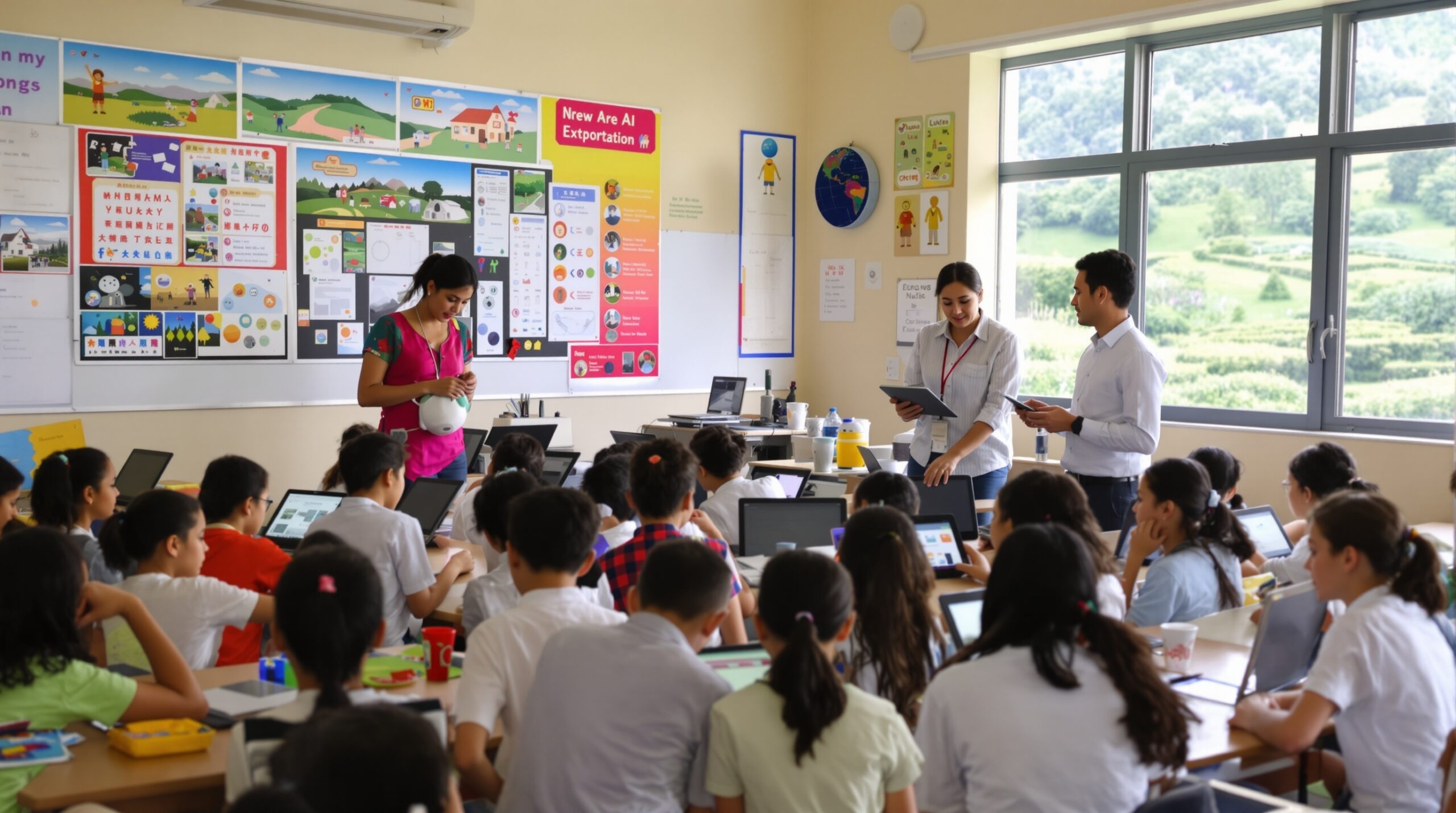Artificial Intelligence (AI) is rapidly reshaping how educators and students in rural communities experience education. New technologies are bridging gaps and unlocking potential where resources have long been scarce. Rural schools around the globe are now finding creative ways to use AI for personalized learning, teacher support, and educational inclusion.
Addressing Longstanding Educational Challenges in Rural Areas
For decades, rural communities have struggled with limited access to quality teaching, textbooks, and learning materials. Talented educators often migrate to urban centers in search of better opportunities, further shrinking the rural talent pool. Consequently, many rural children face larger class sizes, outdated curricula, and fewer extracurricular opportunities than their urban peers.
AI offers viable solutions to several of these challenges. By leveraging digital platforms, rural schools can supplement local resources with high-quality content and real-time guidance. This shift not only enhances knowledge delivery but also fosters inclusivity and engagement across diverse learning backgrounds. The result is a more robust and adaptable educational environment.
Personalized Learning Opportunities with AI
One of the most significant advantages of AI in education is its capacity for personalization. Intelligent algorithms assess student performance in real-time, adjusting lesson plans and resources to suit individual learning styles. This tailored approach is especially valuable in rural contexts, where teachers often manage multiple grade levels simultaneously.
AI-powered tools like adaptive quizzes and interactive lessons provide immediate feedback, helping learners master concepts at their own pace. As a result, students gain confidence and solidify their understanding before advancing to more complex topics. This reduces dropout rates while nurturing a culture of independent and self-motivated learning.
Remote Tutoring and Support Systems
AI-driven chatbots and virtual tutors can provide around-the-clock academic assistance for rural students. These digital companions answer questions, suggest resources, and guide study habits outside regular classroom hours. Teachers also benefit from AI-driven analytics, which spotlight struggling students and identify concepts that need further review.
This 24/7 educational support network mitigates the isolation of rural learning environments, helping students stay engaged and connected. Additionally, it relieves teachers from some administrative tasks, enabling them to focus on higher-value educational activities.
Empowering Rural Teachers Through AI
Teachers in rural schools often wear many hats, from instructors and counselors to IT technicians. AI technology helps alleviate the burden by automating routine tasks such as grading assignments and organizing materials. It also builds a tailored professional development pathway, recommending relevant resources and teaching strategies based on classroom needs.
For isolated educators, digital communities powered by AI can foster collaboration and mentorship. Teachers can share best practices, solve problems together, and access updates on educational trends or technologies. This professional support contributes to job satisfaction and a higher retention rate in rural schools.
Data-Driven Decision Making in the Classroom
With the help of AI, rural teachers can access valuable insights into their students’ learning progress and classroom dynamics. AI-powered platforms track various metrics, such as participation rates and quiz scores, highlighting both strengths and gaps in the curriculum.
This data-driven approach allows educators to implement targeted interventions more effectively. Timely adjustments to lesson plans and teaching methods result in better learning outcomes while maintaining efficiency and organization.
Expanding Educational Access and Inclusivity
AI has proven especially powerful in bringing high-quality education to communities that were previously underserved. Digital platforms supported by AI offer access to a vast library of learning materials, including video lessons, e-books, and online experiments.
For students with learning disabilities or language barriers, AI-powered tools can translate content and adjust instruction methods accordingly. This ensures that every learner, regardless of background, receives a fair opportunity to thrive academically. AI-driven inclusion not only benefits individuals, it strengthens the educational ecosystem as a whole.
Connecting Rural Students with the World
Virtual classrooms and remote learning platforms are connecting rural students with peers, teachers, and experts across the globe. AI systems suggest relevant forums, competitions, and digital exchanges, broadening students’ perspectives beyond their immediate surroundings. These interactions promote cultural understanding and global citizenship.
By forging these digital bridges, rural students develop critical 21st-century skills in communication, digital literacy, and collaboration. The gap between rural and urban educational experiences narrows, paving the way for more equitable opportunities for all students.
Overcoming Implementation Barriers
Despite the promise of AI, challenges remain for rural communities aiming to integrate these technologies fully. Limited internet connectivity and access to reliable devices pose significant obstacles, particularly in impoverished or remote regions. Governments and NGOs are joining forces to deliver affordable connectivity and distribute basic technology infrastructure.
Continued investment in teacher training and community digital literacy programs is essential. Addressing privacy concerns and establishing guidelines for ethical AI use will also ensure rural schools use these tools safely and responsibly. Open collaboration between all stakeholders is critical to maximizing the benefits and minimizing potential drawbacks.
The Future of AI in Rural Education
The potential for AI to revolutionize rural education continues to grow as technology evolves and becomes more accessible. Next-generation solutions like immersive virtual reality, real-time translation, and advanced analytics will further enrich rural classrooms in the years ahead.
Successful adoption relies on a holistic effort that prioritizes both technological and human factors. By empowering teachers, supporting learners, and building robust infrastructure, AI can help close the rural-urban education gap. With sustained commitment, rural communities will see lasting improvements in educational opportunities and outcomes.
Conclusion
AI is reshaping traditional education in rural communities, making learning more personalized, inclusive, and accessible. By meeting unique challenges with innovative solutions, AI offers hope for a brighter educational future in even the most remote corners of the world. The journey is ongoing, but each technological advance brings rural students closer to equal opportunities and lifelong success.


